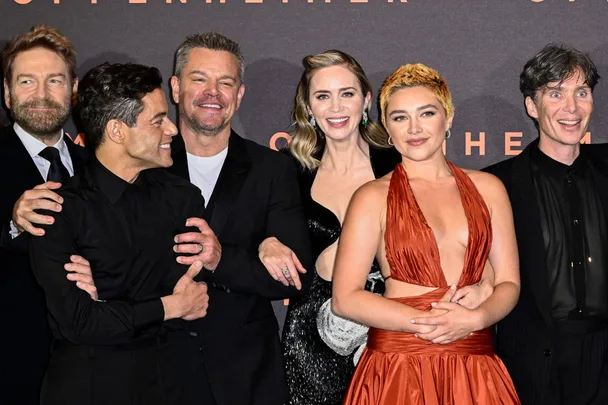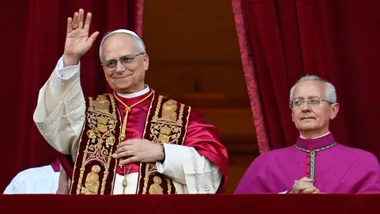This year is shaping up to be a big one for Hollywood, which is staring down two of the biggest strikes in recent history.
Earlier this year, the Writers Guild of America (WGA) went on strike, stopping work on many major US productions. Now, the actors have followed.
With a huge reduction in working actors or writers, the entire entertainment industry faces something of a stand-still, with almost all current TV and movie productions affected.
Here’s everything you need to know.
Who Is Striking In The Actors Strike?
The strike involves those who fall within the SAG-AFTRA union.
SAG is the Screen Actors Guild while AFTRA is the American Federation of Television and Radio Artists. Together, they represent roughly 160,000 people in the entertainment industry and news media, including actors, singers, journalists and more.
Basically, it’s all the actors you know and love. From Daniel Radcliffe to Aubrey Plaza and Susan Sarandon, actors are showing up to march along the picket lines in their SAG-AFTRA union tees.
Meanwhile, the concurrent writers’ strike involves members of the Writers’ Guild of America (WGA).
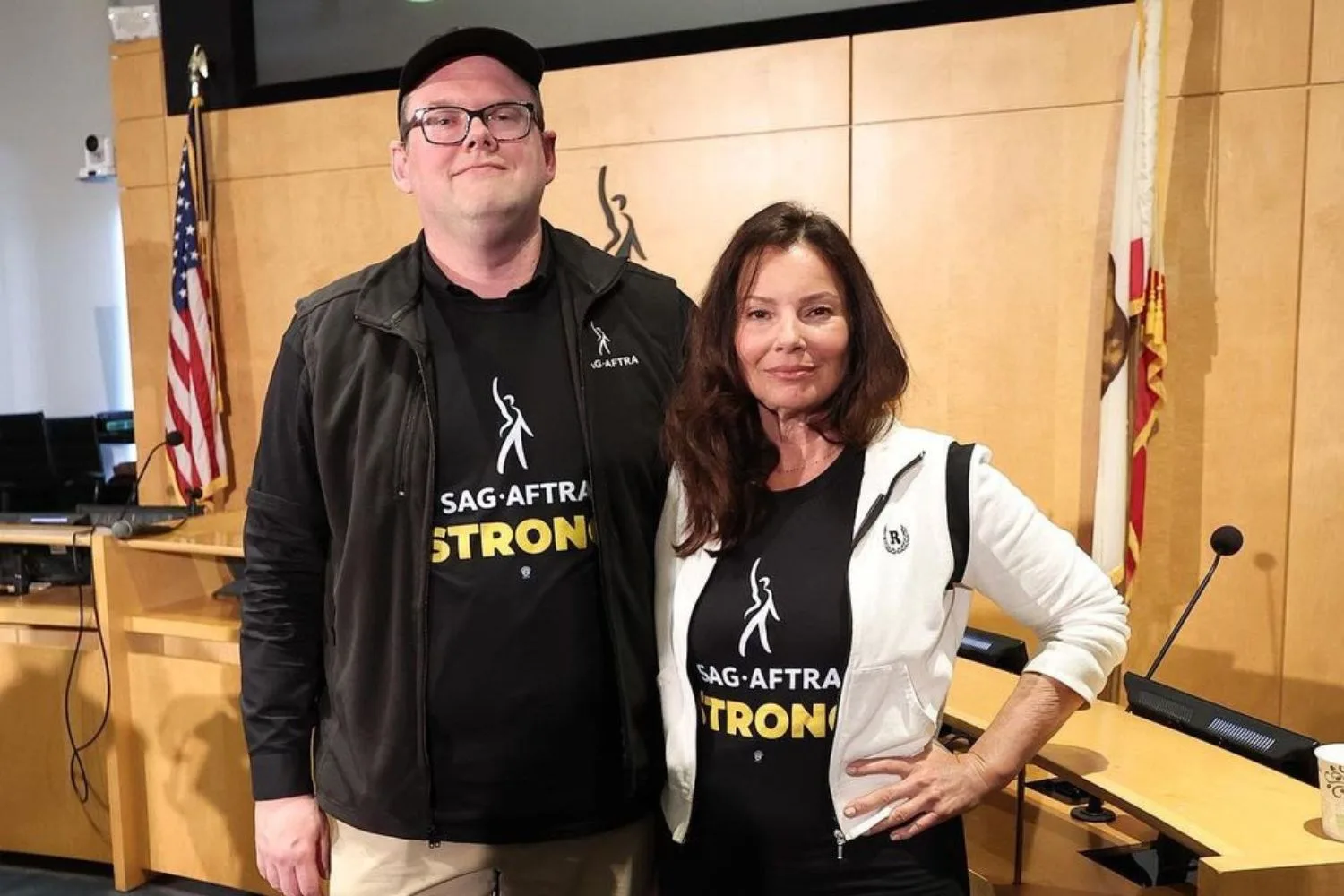
Why Are The Actors Striking?
On July 12, 2023, existing contracts between SAG-AFTRA members and the major studios and streaming platforms expired.
Negotiations for a new contract have been ongoing since June 7, hoping to improve pay which has been “eroded by the streaming ecosystem”.
“After more than four weeks of negotiations, the Alliance of Motion Picture and Television Producers (AMPTP) — the entity that represents major studios and streamers, including Amazon, Apple, Disney, NBC Universal, Netflix, Paramount, Sony and Warner Bros. Discover — remains unwilling to offer a fair deal on the key issues that you told us are important to you,” SAG-AFTRA said in a statement.
Not only do SAG-AFTRA members seek improved compensation from streaming giants, they are also attempting to incorporate protections from artificial intelligence, which threatens to exploit the likeness of actors, the union claims.
“Artificial intelligence poses an existential threat to creative professions, and all actors and performers deserve contract language that protects them from having their identity and talent exploited without consent or pay.”
As contract negotiations fell through, the actors’ union called a strike.
Speaking to media, President of SAG-AFTRA, Fran Drescher (The Nanny), said the studios were “greedy”.
“The gravity of this move is not lost on me or our negotiating committee or our board members who have voted unanimously to proceed with a strike. It’s a very serious thing that impacts thousands, if not millions of people all across this country and around the world,” she told press.
This is the first time the union has been on strike since 1980. That strike lasted just over three months.
What Are The Rules Of The Strike?
According to Variety, striking actors are prohibited from:
- Tours
- Personal appearances
- Interviews
- Conventions
- Fan expos
- Festivals
- For Your Consideration events
- Panels
- Premiere / screenings
- Award shows
- Junkets
- Podcast appearances
- Social media
- Studio showcases
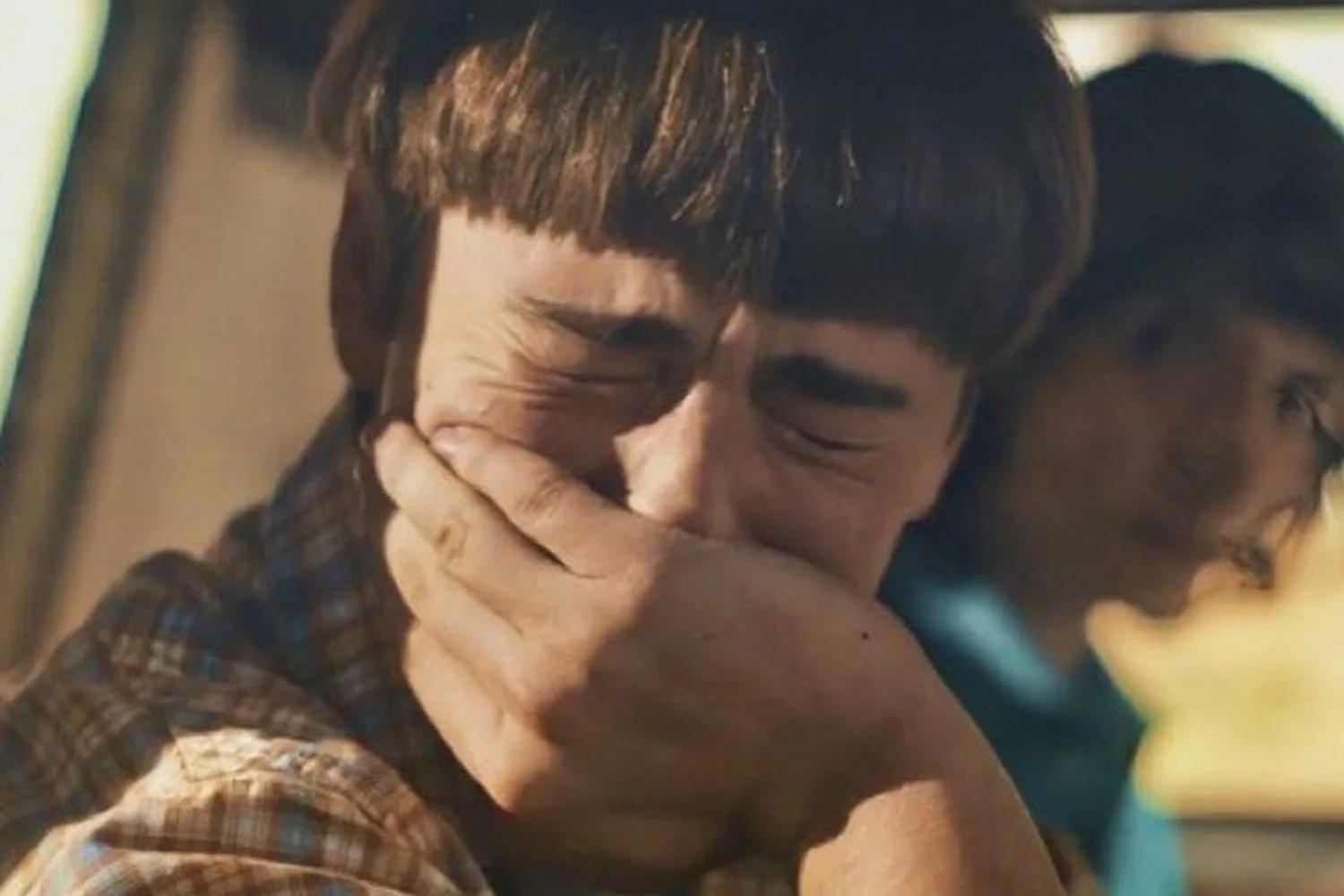
Which TV Shows & Films Are Affected By The Strike?
In line with the above provisions, you’re likely to see less of your favourite stars. Even actors who aren’t represented by SAG-AFTRA may act in solidarity with those on strike.
Almost all existing productions will be affected by the strike in some capacity. Many films and TV shows were delayed or put on hold already with the ongoing writers’ strike.
Here are some of the affected productions:
TV Shows
- Stranger Things
- The Last Of Us
- Euphoria
- Abbott Elementary
- Yellowjackets
- Hacks
- Saturday Night Live
Films
- Deadpool 3
- Gladiator
- Beetlejuice
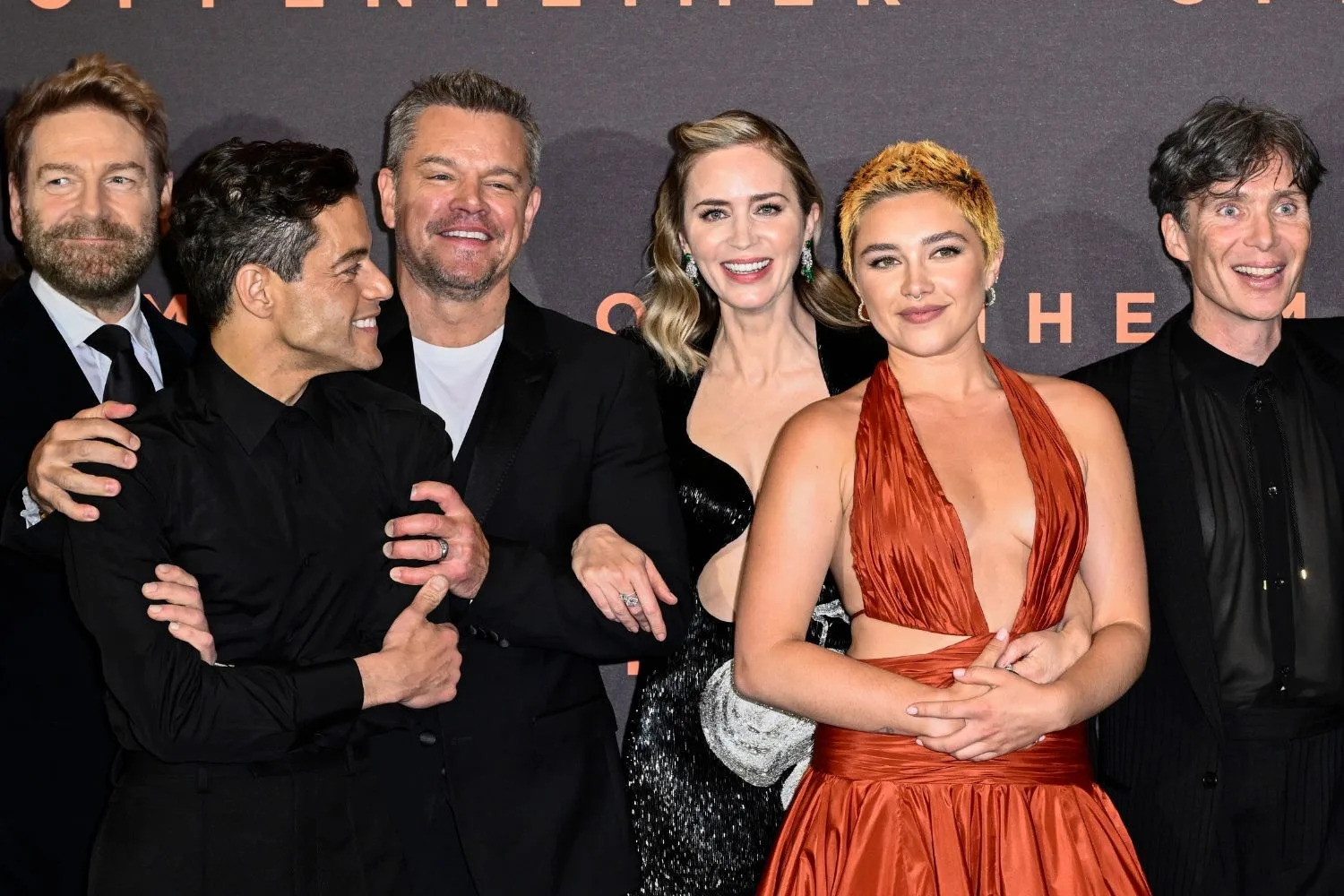
What Have Actors Said About The Strike?
Effects of the strike began immediately, with the cast of Oppenheimer walking out of the film’s London premiere. Emily Blunt, Matt Damon, Florence Pugh, Cillian Murphy and more left the event in solidarity.
After walking the red carpet — which was moved forward to accommodate a presumed strike — the stars left before the screening.
On the red carpet, Blunt expressed her unity with striking actors. “I hope everyone makes a fair deal and we are here to celebrate this movie,” she said, according to Deadline. “And if they call [a strike], we’ll be leaving together as cast in unity with everyone.”
Damon, who also has a production company, echoed her statements.
“This is real life and death stuff. Hopefully we get to a resolution quickly. No one wants a work stoppage, but we’ve got to get a fair deal,” he said.
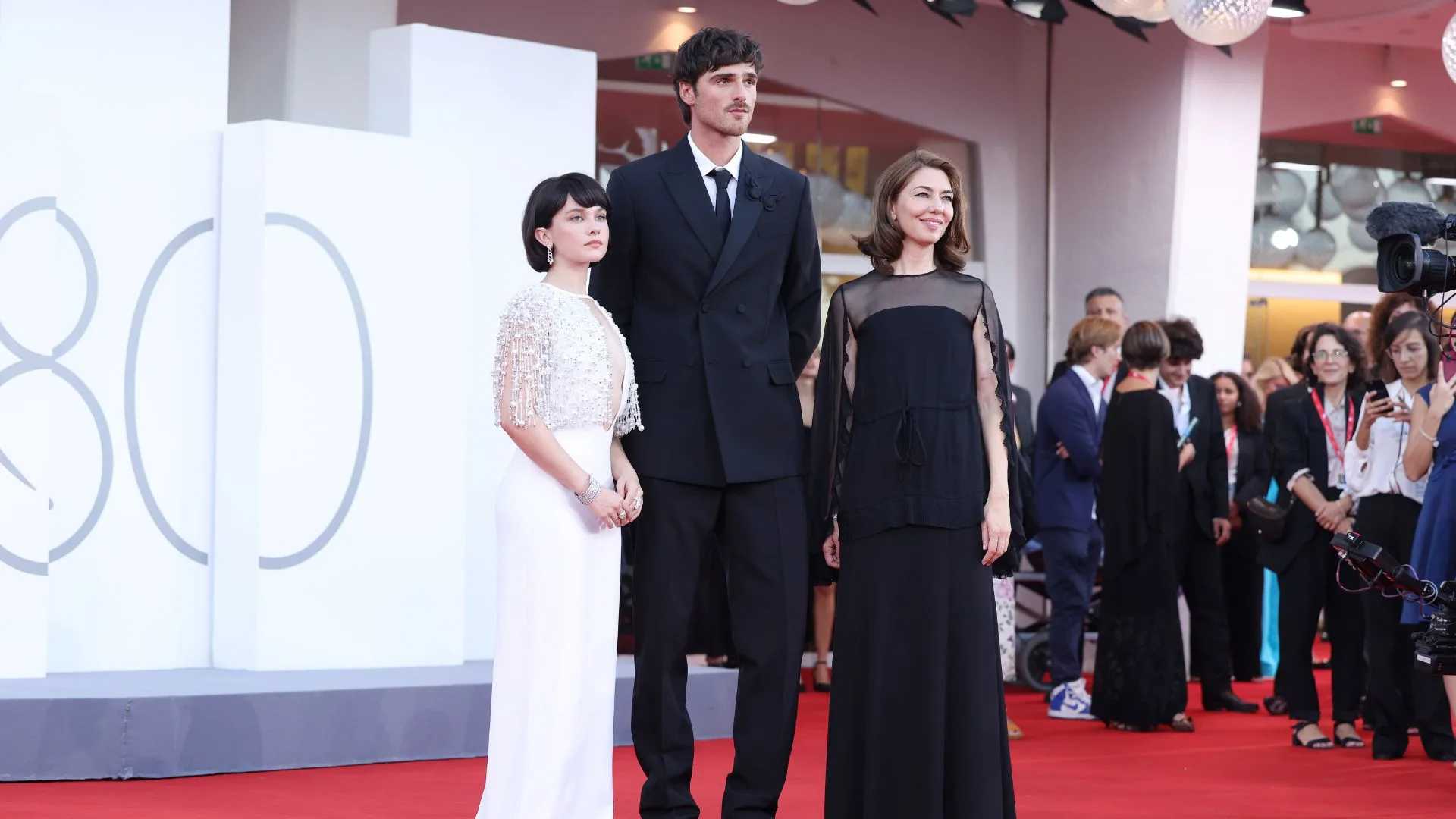
Why Are Some Actors Still Allowed To Attend The Venice Film Festival?
If you noticed a slew of actors descending on the Venice Film Festival and wondered how it all works amid the strike, you’re not alone.
The festival has become synonymous with ultra glamorous red carpet appearances, as some of the biggest names in Hollywood flock to Venice to celebrate the latest cinematic releases.
Under the conditions of the SAG-AFTRA strike however, actors are prohibited from anything work related, including tours, interviews and, you guessed it, premieres.
And while this year’s festival was undeniably a little quieter, we’re still seeing a selection of Hollywood heavyweights make appearances, like Jacob Elordi, who’s latest project Priscilla is premiering at the festival, and Adam Driver, who stars in Ferrari, which opened at Venice as well.
As it turns out, these films, and a selection of others, have what’s called an ‘interim agreement’ with SAG-AFTRA, which allows their actors to continue promoting them without being in breach of the strike.
Importantly, the film’s that have been awarded these agreements are from smaller, independent studios, rather than the billion-dollar companies at the centre of the strike.
SAG-AFTRA has also released a statement to clarify the terms of these agreements, saying, “Some of our fellow members have been subject to negative comments for participating in projects with an Interim Agreement, particularly when it comes time for them to promote their work, including at festivals.”
“To be crystal clear, once an agreement is in place, we fully encourage all of our SAG-AFTRA members to work under that agreement AND to promote work made under that agreement. The more projects that get made with the Interim Agreement, the weaker the AMPTP becomes. So, let’s lift up our fellow performers who are out there working.”
They also added that these agreements should encourage executives to “look out and see these independent projects thriving, while their greed and disrespect holds up their own productions.”
Where Are The SAG-AFTRA Negotiations Up To?
The SAG-AFTRA union and the studios are almost finished with their negotiations. The latest update saw the AMPTP offer a “last, best and final” proposal to the union, which the union has since been reviewing.
“We are reviewing it and considering our response within the context of the critical issues addressed in our proposals,” the union said in a statement. “As always, unless it comes from your union, please do not believe any outside sources or rumors.”
While the studios have made it clear that they want the strikes to end as quickly as possible, the union isn’t completely satisfied with the proposal—particularly its stances on AI and the creation of “digital doubles.”
The negotiations will continue over the next few days but its still unclear whether the union and studios will reach a deal by the end of the week.
